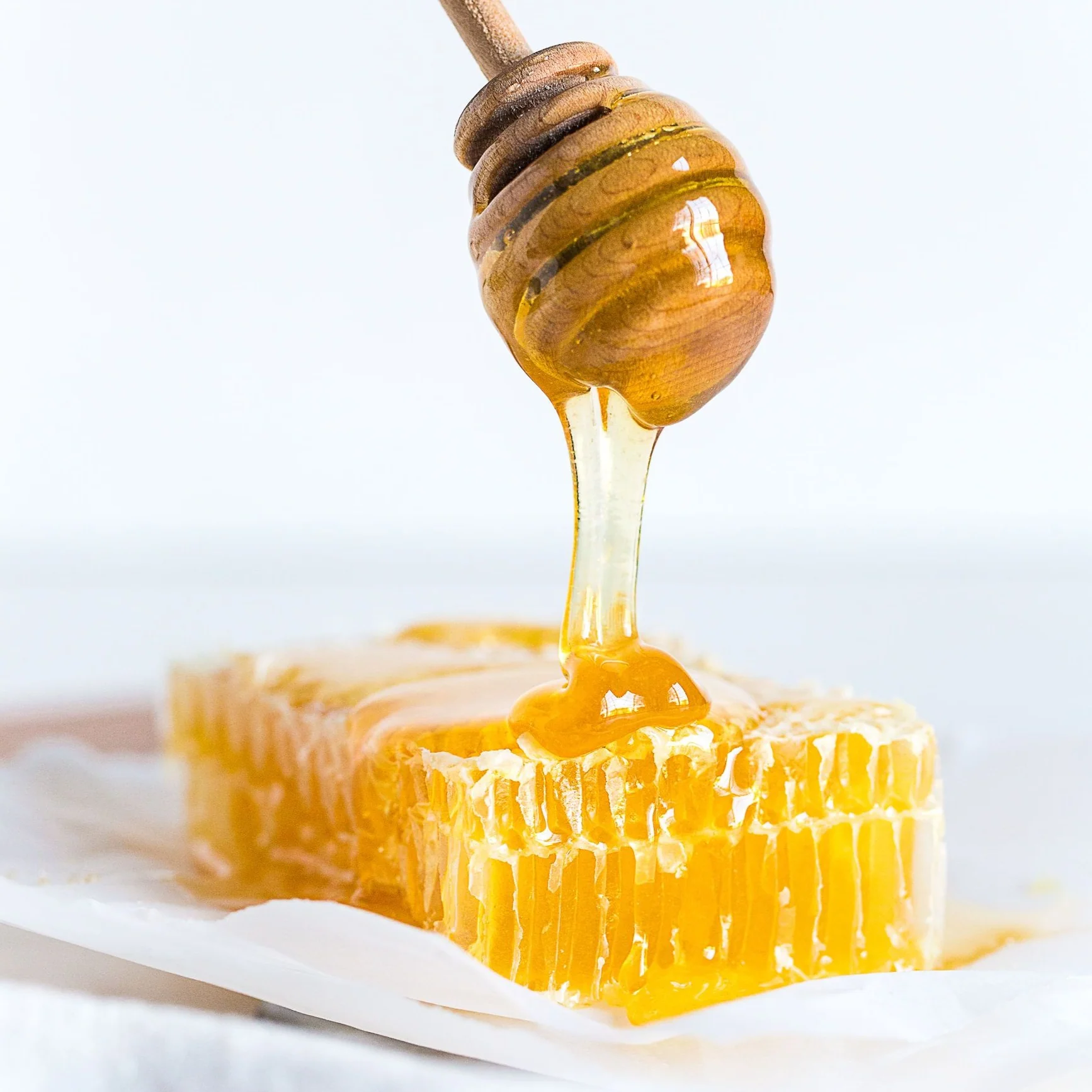Peppers are a staple in kitchens around the world, bringing vibrant colors, flavors, and textures to countless dishes. From sweet bell peppers to fiery habaneros, the variety of peppers vegetables available can be overwhelming. In this guide, we’ll explore the different types of peppers, their unique characteristics, and how to choose the right one for your culinary creations. Additionally, we’ll touch on the benefits of incorporating tropical vegetables and sourcing your produce from a tropical fruit supplier for an enhanced flavor profile.
Why Choose the Right Pepper?
Choosing the right type of pepper can significantly impact the flavor and presentation of your dish. Different peppers offer varying levels of heat, sweetness, and texture. Understanding these differences will help you make informed decisions in the kitchen, ensuring that each dish you prepare is a delightful experience.
Key Factors to Consider When Choosing Peppers
• Flavor Profile: Are you looking for something sweet, smoky, or spicy?
• Heat Level: How much heat can you tolerate? Peppers range from mild to extremely hot.
• Texture: Consider how the pepper’s texture will complement your dish.
• Cooking Method: Some peppers are better raw, while others shine when cooked.
Popular Varieties of Peppers
1. Bell Peppers
Description: Bell peppers are perhaps the most well-known type of peppers vegetable. They are sweet, crunchy, and come in various colors, including green, red, yellow, and orange.
Uses:
• Raw: Great for salads, dips, and snacking.
• Cooked: Excellent for stuffing, roasting, or sautéing.
• Flavor Tip: Red bell peppers are the sweetest, while green ones have a slightly bitter taste.
2. Jalapeño Peppers
Description: Jalapeños are medium-sized chili peppers known for their moderate heat.
Uses:
• Fresh: Ideal for salsas, guacamole, and tacos.
• Cooked: Great for grilling or roasting to enhance their flavor.
• Heat Level: Jalapeños typically measure between 2,500 to 8,000 Scoville heat units.
3. Habanero Peppers
Description: Habaneros are among the hottest varieties of peppers, offering a fruity flavor alongside their intense heat.
Uses:
• Salsas and Sauces: Perfect for adding a fiery kick.
• Pickling: Habaneros can be pickled to create zesty condiments.
• Heat Level: Habaneros range from 100,000 to 350,000 Scoville heat units, so use sparingly!
4. Poblano Peppers
Description: Poblano peppers are mild, dark green peppers that have a slightly sweet flavor.
Uses:
• Stuffed: Commonly used in traditional Mexican dishes like chiles rellenos.
• Roasted: Roasting poblano peppers enhances their sweetness and adds depth to sauces.
• Flavor Tip: When dried, poblano peppers are known as ancho chiles, often used in mole sauces.
5. Banana Peppers
Description: Banana peppers are sweet and tangy, typically yellow or green in color.
Uses:
• Salads and Sandwiches: Great for adding a mild crunch.
• Pickled: Often found pickled in jars, they add a zesty kick to various dishes.
• Heat Level: Generally mild, measuring around 0 to 500 Scoville heat units.
How to Select the Right Pepper for Your Dish
Consider the Dish
• Salads and Fresh Dishes: Opt for sweet peppers like bell peppers or banana peppers.
• Salsas and Sauces: Jalapeños and habaneros are excellent choices for a spicy kick.
• Stuffed or Cooked Dishes: Poblano or banana peppers are ideal for stuffing and roasting.
Know Your Heat Tolerance
Understanding your guests’ preferences is crucial:
• Mild Dishes: Stick to bell peppers, banana peppers, or mild poblanos.
• Spicy Dishes: Incorporate jalapeños or habaneros, but use them cautiously.
Combine with Tropical Vegetables
To elevate your dishes, consider pairing peppers vegetables with tropical vegetables such as:
• Taro: Creamy and starchy, excellent in soups or stews.
• Sweet Potatoes: Adds natural sweetness and pairs well with spicy peppers.
• Cassava: A versatile root vegetable that can be used in many culinary applications.
Sourcing Fresh Peppers and Tropical Vegetables
When it comes to selecting the best ingredients, quality matters. Consider sourcing your peppers vegetables and other ingredients from a tropical fruit supplier or local farmers’ market. Here’s why:
1. Freshness and Flavor
Fresh produce from local suppliers often has better flavor and texture than grocery store alternatives. This is especially true for peppers, which can lose their crispness over time.
2. Supporting Local Farmers
By choosing to buy from local suppliers, you support your community and promote sustainable farming practices.
3. Unique Varieties
Local suppliers may offer unique and heirloom varieties of peppers and tropical vegetables that you won’t find in typical grocery stores.
Conclusion
Peppers are an incredible addition to any dish, bringing vibrant flavors, colors, and textures. By understanding the different peppers vegetable varieties and their unique characteristics, you can enhance your culinary creations significantly. Whether you’re looking for sweet bell peppers for a salad or fiery habaneros for your next salsa, the right choice can make all the difference. Don’t forget to explore combinations with tropical vegetables and source your ingredients from a reliable tropical fruit supplier for maximum freshness and flavor. Happy cooking! tropical fruits wholesaler


